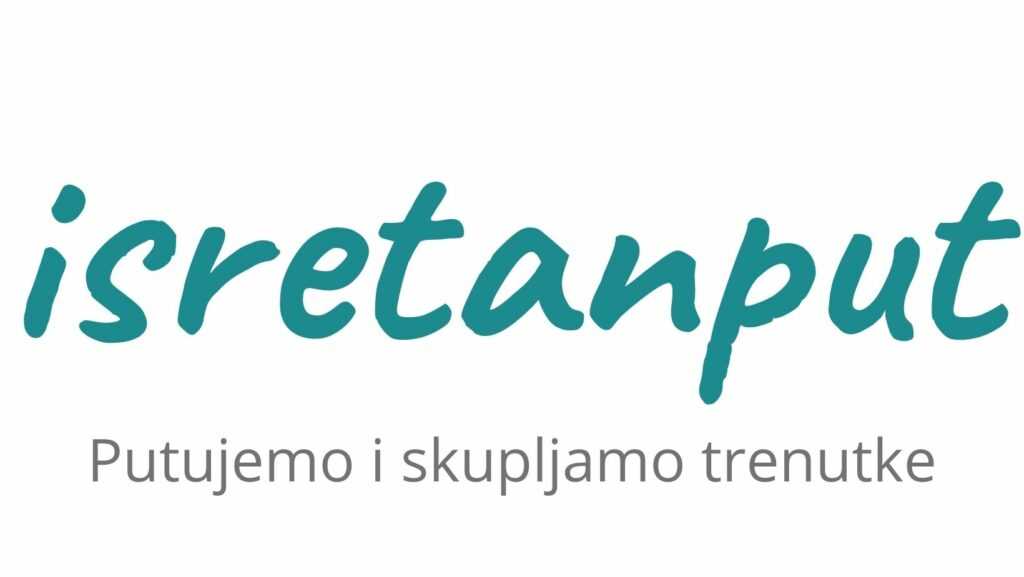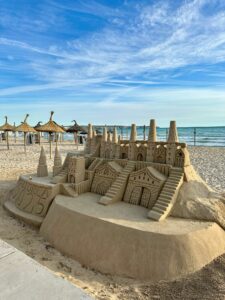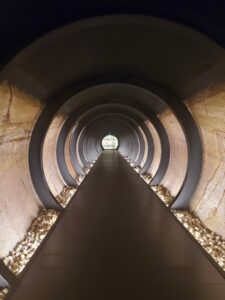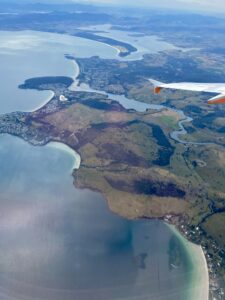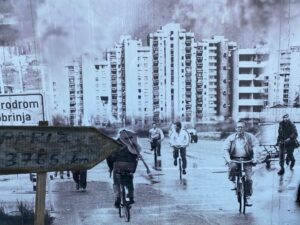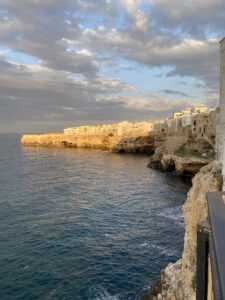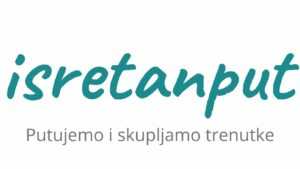Brač means deer, “Golden Cape“ Symbol of Adriatic, “House in a House”, a Monastery that has essentially everything, Villa Giardindo – Glorious Gem of Bol, wild horses, three Tito’s tunnels, the highest peak of the Adriatic, Brač in the time of plague, the oldest chapel on the island, shepherds, off-roading, half a million grape vines, Bol’s nightlife, “Vitalac” – an antique dish, and many, many more engaging stories about this beautiful Croatian island in the Adriatic Sea. Welcome to Bol!
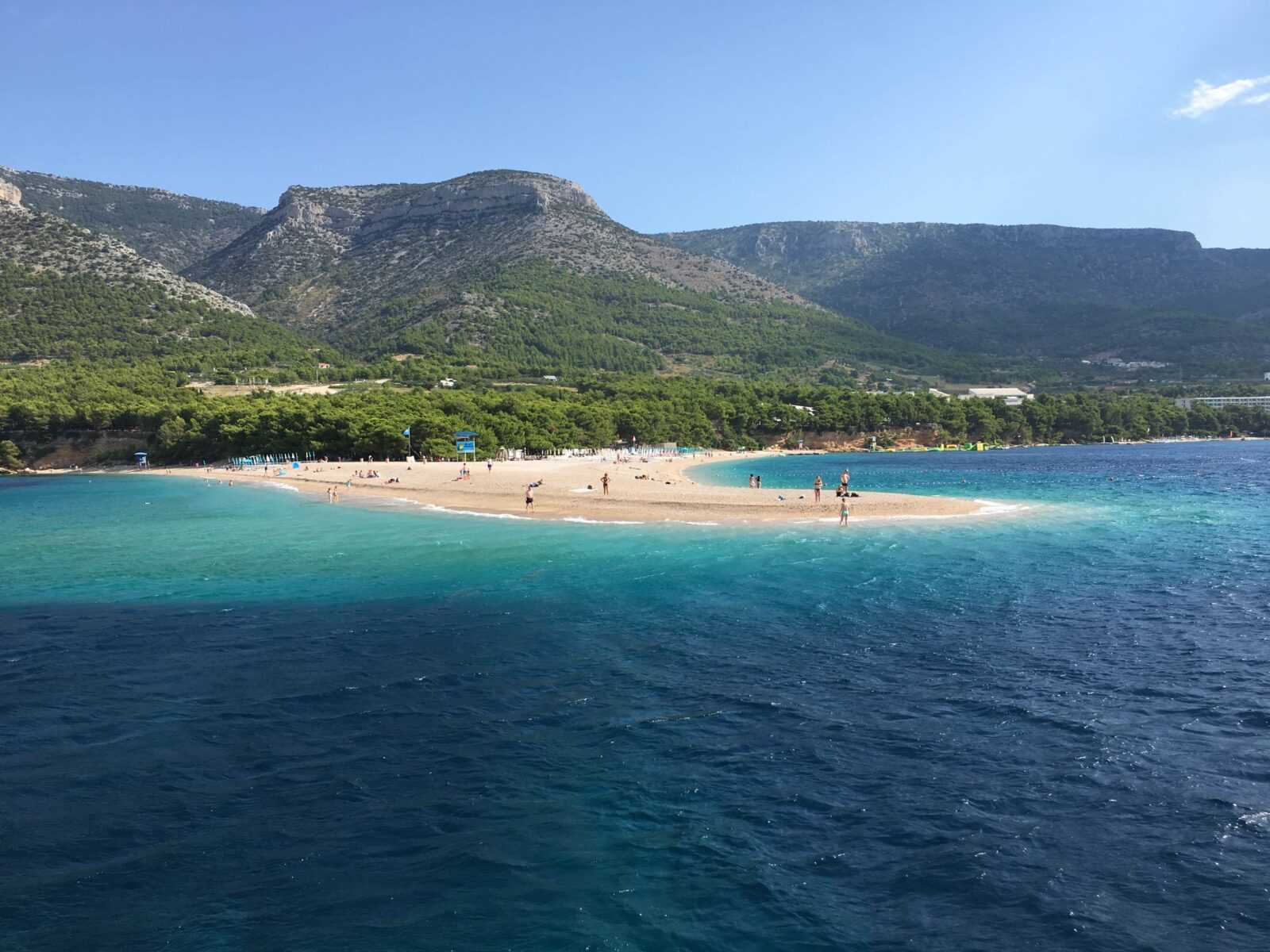
Brač means deer, “Golden Cape“ Symbol of Adriatic, “House in a House”, a Monastery that has essentially everything, Villa Giardindo – Glorious Gem of Bol, wild horses, three Tito’s tunnels, the highest peak of the Adriatic, Brač in the time of plague, the oldest chapel on the island, shepherds, off-roading, half a million grape vines, Bol’s nightlife, “Vitalac” – an antique dish, and many, many more engaging stories about this beautiful Croatian island in the Adriatic Sea. Welcome to Bol!
BRAČ MEANS DEER
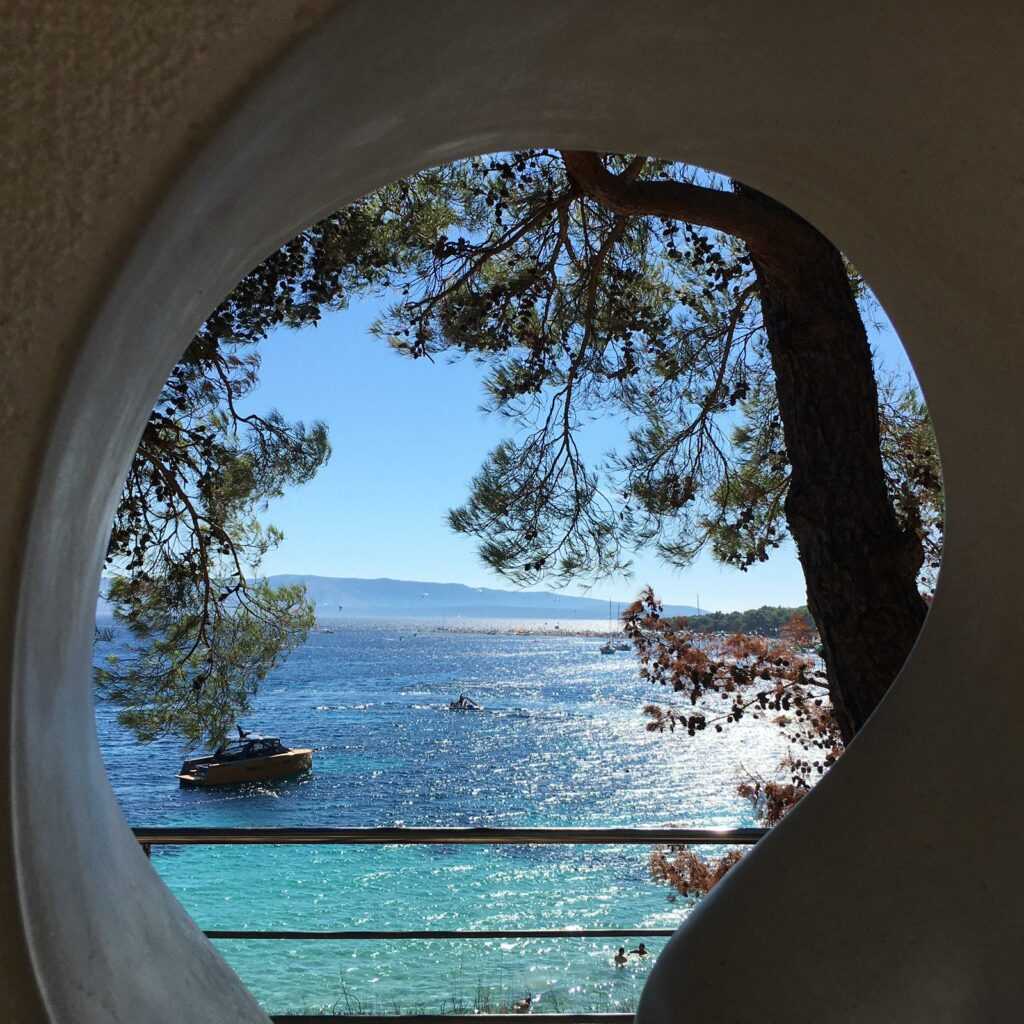
The island is named after the Illyrian word for deer, Brentos, a cult animal from that era. The Greeks called it Elaphos – The Island of Deer. In Roman times, it is written that in this part of the Adriatic sea is located the island of Brattia, and even Emperor Constantine noted in one of his scriptures that the road led him to sail by Bratzes.
It is assumed that there were a lot of these magnificent animals on the island, however, today there are none. Some deer remains were found in the Kopačina cave.
The two most prestigious hotels in Bol bear witness to the history of the name of this powerful animals, named Bretanide and Elaphusa.
IN THE SUMMER BOL IS THE CENTER OF THE WORLD
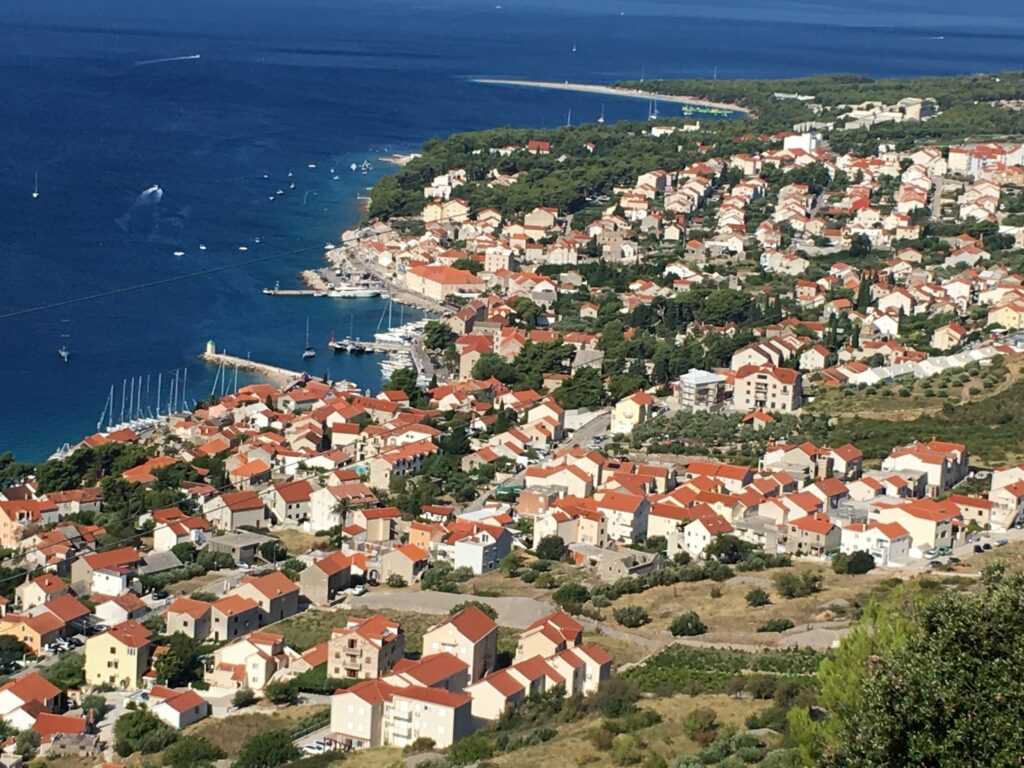
Impeccable nature with centuries-old pine trees with the constant singing of crickets, an abundance of aerosols and clean sea, without a single mosquito – this place is a paradise for the family.
In recent years, more and more young people are flocking to this mecca of fun for an unforgettable night out.
Many celebrities choose it as their destination for vacation.
The most famous world symbol of Bol is the beach Golden Cape.
Vidova Gora, the highest point of the Adriatic islands and a slightly lower point called Bol’s Crown, rises above the town.
The most elite Croatian tourism can be found in Bol, and along with Hvar, is the most expensive Dalmatian island to stay on.
The name Bol comes from the Latin word vallum, meaning fort or earthen rampart.
It is the only inhabited place on the south side of the island, and with Murvica, the population is almost 1700 inhabitants.
The ancient Roman cistern above the Golden Cape and numerous other traces throughout the whole town testify to its lengthy history.
From 1965, until today, Bol has been declared the Tourist Champion of Croatia 18 times.
It takes 50 minutes to get from Split to Supetar by ferry. Numerous taxis transport tourists from Supetar to Bol, and there is a bus station with regular lines nearby.
It is well connected to the mainland and many catamarans come daily, one from Split and the other one from the island of Hvar.
International Airport Brač is located on the top of the island and is connected with many cities.
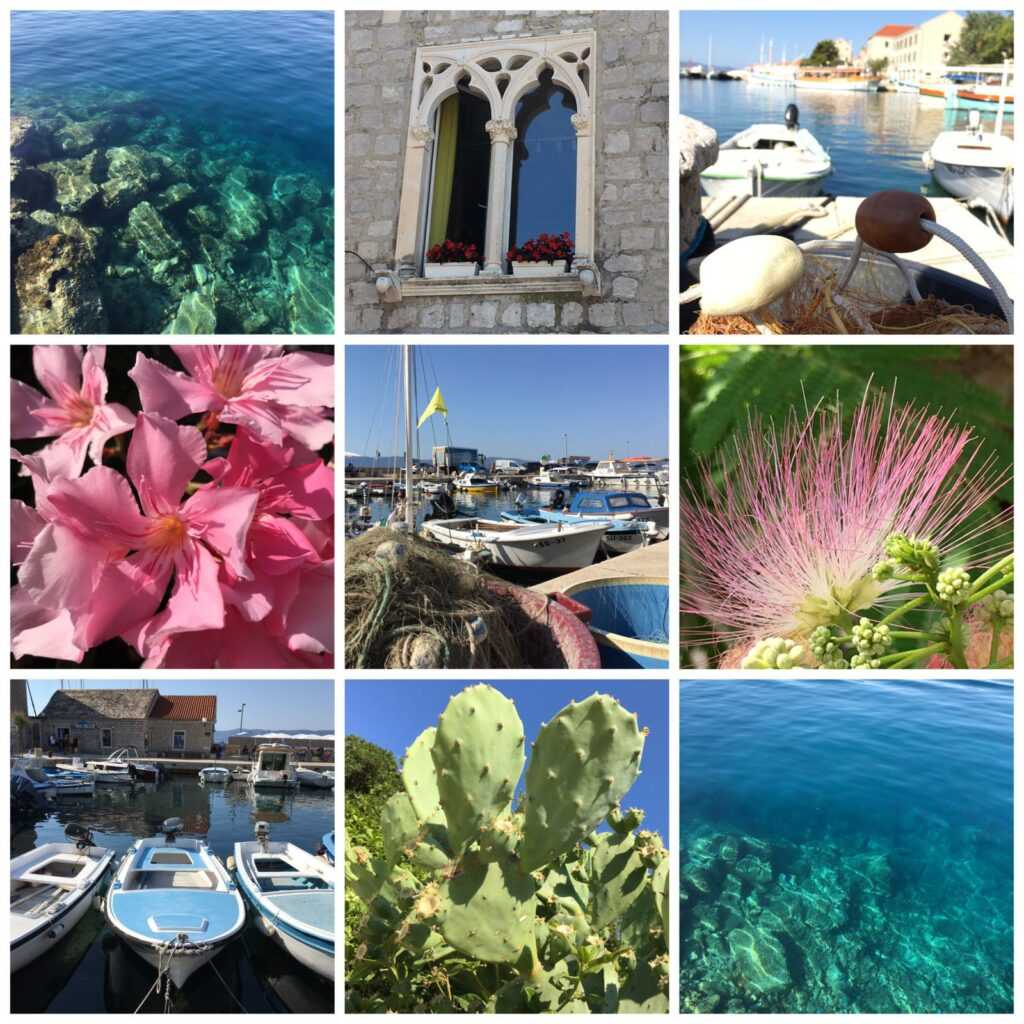
DIDIĆI WERE ISLAND’S NOBLES
It is interesting that in the 17th century it was ruled by the “didići”, the medieval island nobility, the Vužić family, who later changed their surname to the more classical form Vusio.
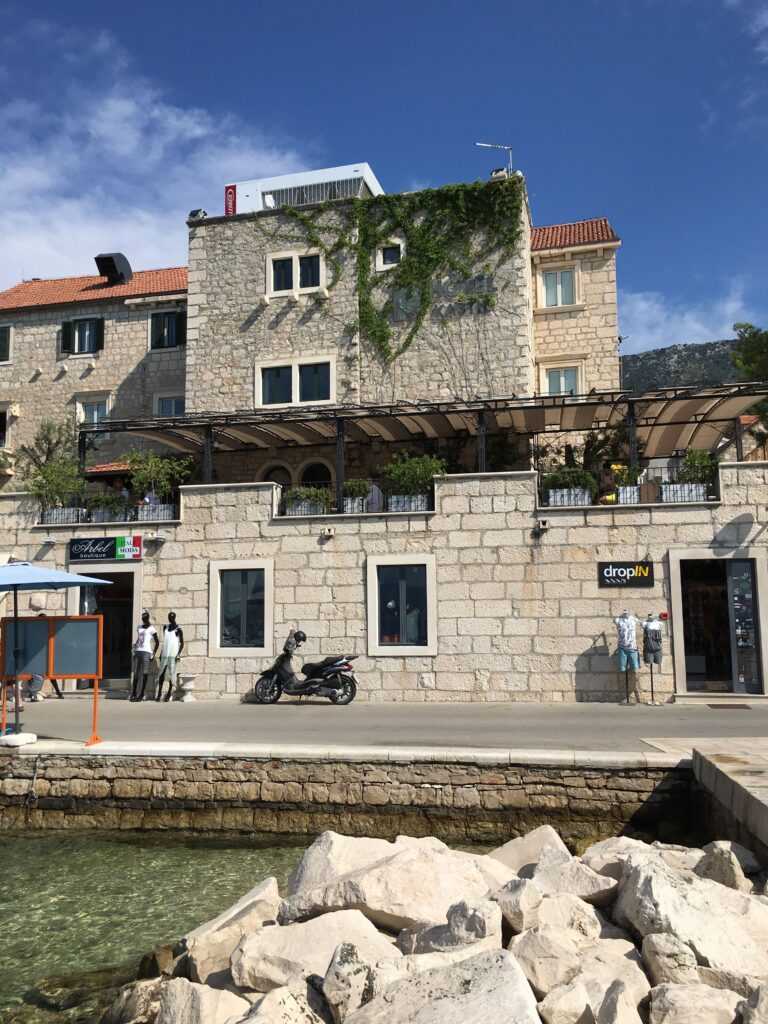
In the very centre of town, on the shore, didići built a castle to protect themselves from pirate attacks. Brothers Ivan and Vicko were accepted into aristocratic council for participating with their own ships in the liberation of Klis. That was when Ivan Vusio, as the commander of the Brač galley, received the greatest recognition that could be obtained at that time. The Venetian Senate awarded him with a necklace with 200 gold ducats and a cavalier medal of the Republic of Venice.
This palace is completely preserved, and today it houses the delightful hotel Kaštil. You can say you spend the summer in a noble palace.
GOLDEN CAPE – SYMBOL OF THE ADRIATIC

The most popular beach on the Adriatic Sea is located 2 km from Bol centre.
It owes its shape to a natural phenomenon that happes when the strand, carried by the changes of the current, is bended to one side or another.
Golden Cape was formed by the sedimentation and accumulation of gravel, caused by sea waves and currents, on a reef that stretches a kilometer below the sea surface.
It cannot disappear because the gravel is constantly thrown back by the waves.
This protected nature park is the most photographed beach on the Adriatic, and it is regularly published in domestic and foreign newspapers, and can often be found on lists of world’s most beautiful beaches.
With 2700 hours of sunshine a year, it truly represents a real hedonistic oasis, and has been declared a symbol of the Adriatic.
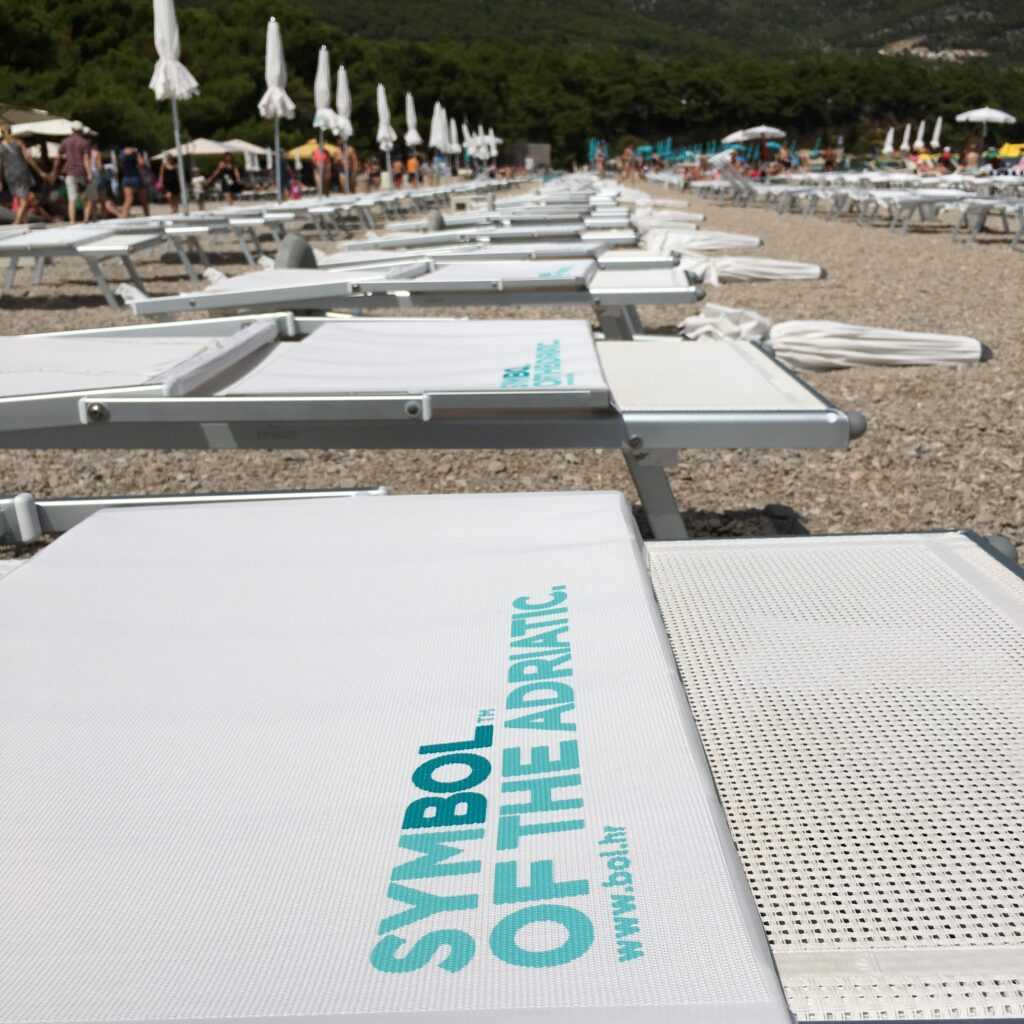
It can be reached by a beautifully landscaped promenade paved with Brač stone, which embraces the coast. It’s an easy walk through the centuries-old pine trees accompanied by the magnificent singing of the crickets.
Numerous taxi boats and the popular tourist trains take tourists non-stop from the center of Bol to the beach.
NOT TO BE FORGOTTEN

Interesting fact is that even before 1993, when the Brač airport was opened, this island was connected to the world. The seaplane was flying the destitations Prague-Split-Bol and the airport was exactly on the Golden Cape.
ENJOY ADRENALINE ADVENTURE OR PEACEFUL SEA
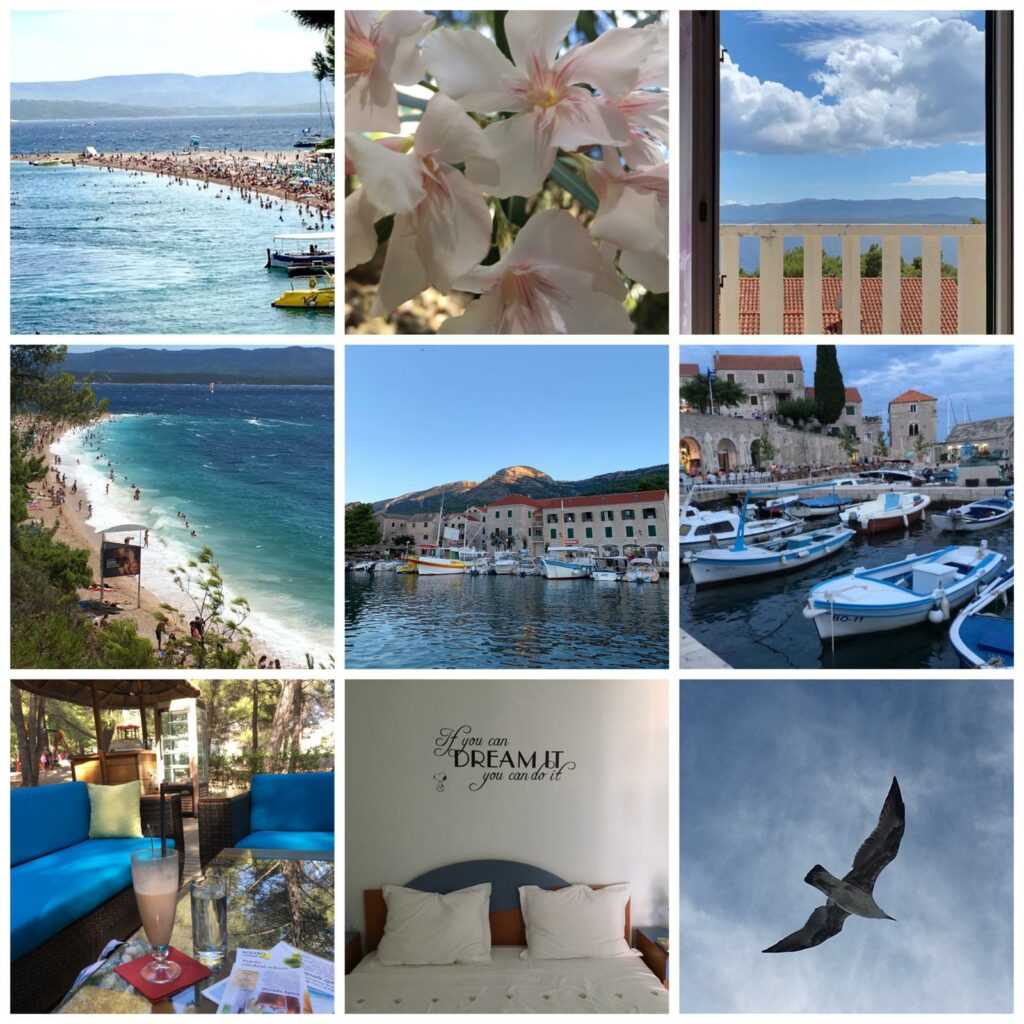
Another unique phenomenon occurs on this natural wonder. On one side of Cape the wind is always blowing, while on the other side the Cape is completely calm.
When the wind blows the strongest (on the west side), tourists enjoy themselves on this event, so-called Day of the Big Waves.
Adrenaline junkies adore throwing themselves in waves that can often reach a height of two meters, along with joyous squeaks and screams.
If you find yourself at the Golden Cape during the Day of the Big Waves make sure to take the opportunity for this natural, crazy adventure. If you want calm sea that day, stay on the east side of the Cape.
A HANDFUL OF FUN
Parachute, kite surfing, banana riding, the largest aqua park on the Adriatic sea with wacky obstacles, tire riding, surfing, pedal boats, trampolines, and other attractions that speed up the pulse can be found on this wonder.
If you want a quieter holiday you can indulge in a massage in a pine forest, relax with yoga, sunbathe on deck chairs by the sea or spend the day in the amazing AURO cocktail bar, along with the sounds of modern music, which is chaged to live violin and saxophone show in the afternoons.
As for food, there are many stands offering everything; from super food to fast food, fruit, pancakes, ice cream, corn, smoothies, etc.
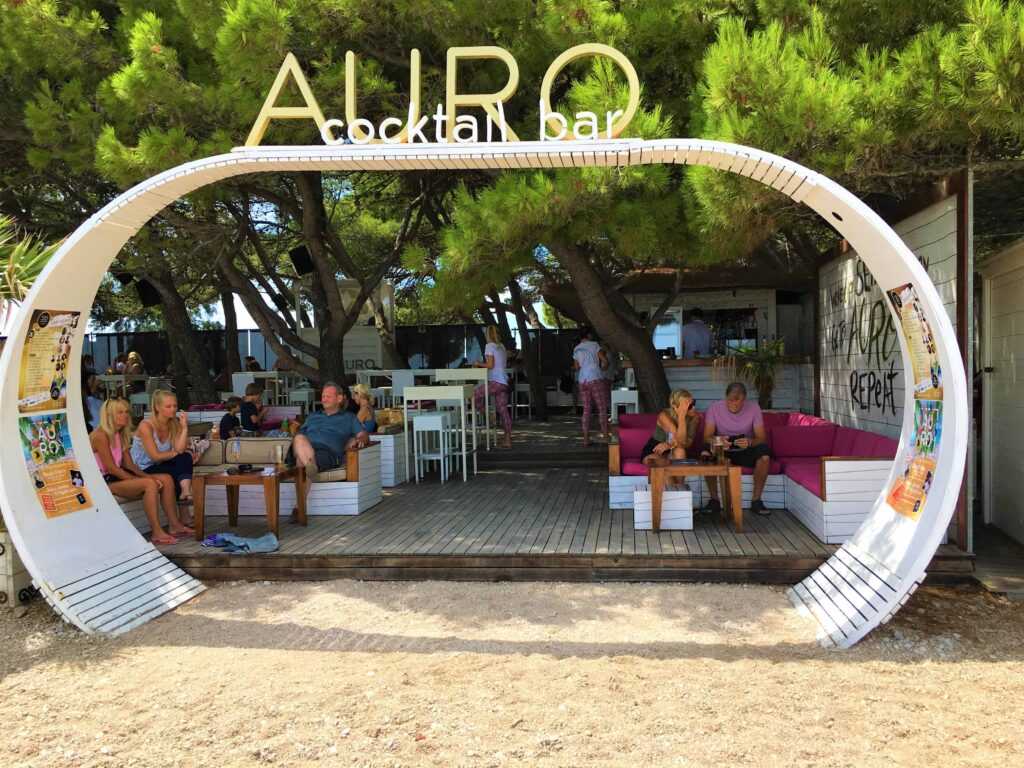
HOUSE IN A HOUSE – THE BIGGEST LOCAL LEGEND
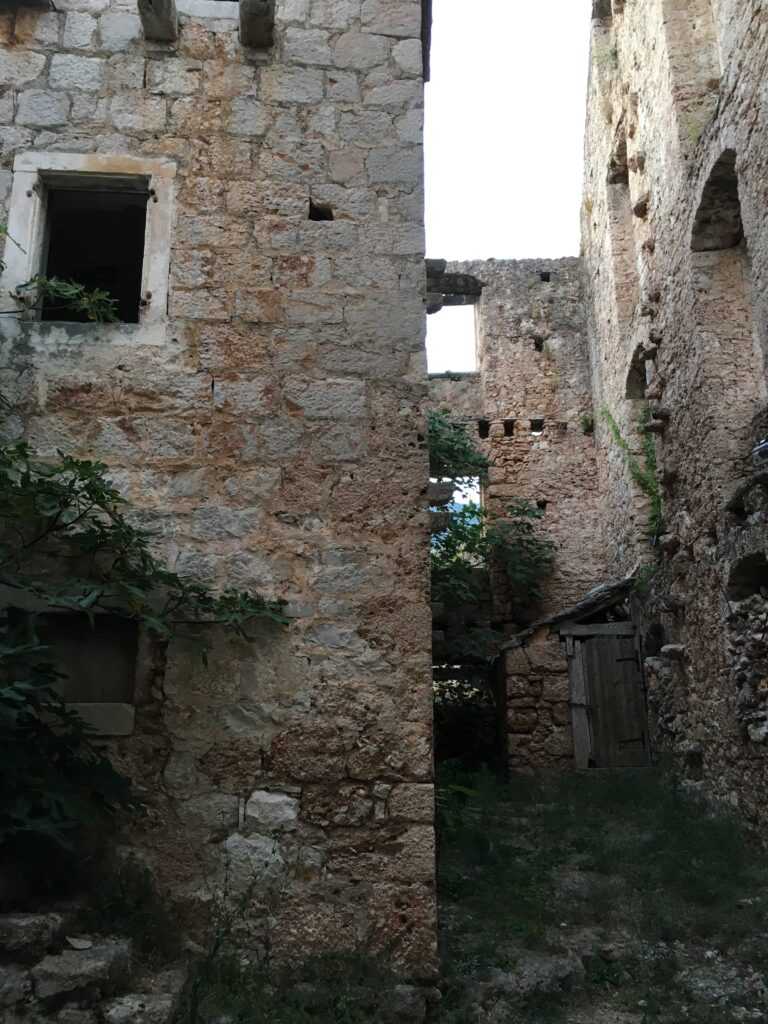
Once upon a time, Six Vukovic brothers, three rich captains and three poor priests lived on a piece of land in Bol.
One priest was called Marko and he was so grumpy and angry that they called him Marko Force.
The brothers begged him to sell the land on which his house was located on in order to build a larger house, which he did not even want to hear about.
They tried to be nice to him, offered to pay him, even went to the Mayor Vusio who tried to convince him to take the money, but Marko did not agree.
One Sunday after a heated discussion, the Mayor asked Marko if he knew how far his quill could reach, to which Marko replied, “Your quill far, and my rifle even further.”
Then the Mayor called the cops from the city of Nerežišće who started to arrest Marko, but he managed to flee from Bol to Dubrovnik, because the rule was if you did something bad in Bol, you go away for a year and then you can come back again.
Then the rich brothers started building a house around Marko’s house, and when he returned from Dubrovnik and saw what they had done, he quarreled so much with everyone that he was expelled from Bol again, this time for two years.
The three-story house was finished and the three captain’s brothers had yet to make the roof. They set out for Venice for timber, and they each went by their own boat.
They thought that when they built the roof, they could completely dismantle Marko’s house and take it out in parts through the door.
But on their way home they were caught in a great storm and both the captains and the sailors drowned and the ships sank.
This was interpreted as God’s punishment for the rich trying to take from a poor man, resulting in that kin disappearing forever.
Contributing to this is the fact that the captains were married, but only had daughters, and no male heirs, and the three priests had neither wives nor children.
That is why it is said that their whole race was erased by the finger of God, because they were inhuman.
Marko later returned and lived there until he died.
This unique cultural monument from the 19th century, where a small house is located within the walls of a three-story building, can be viewed at any time.
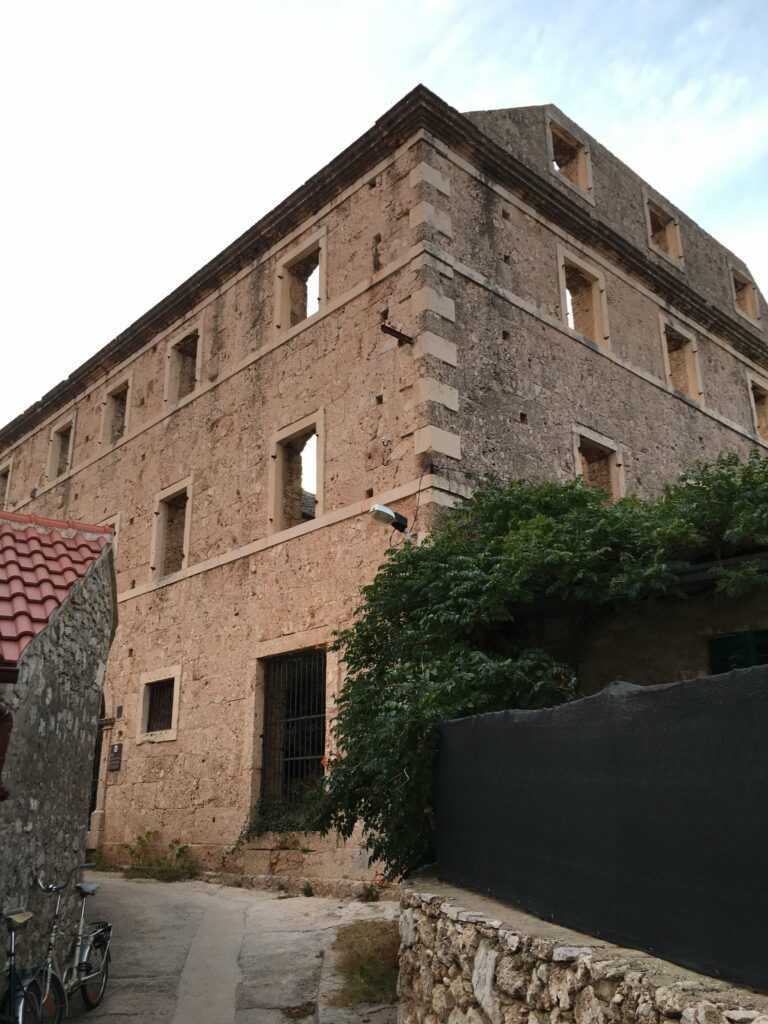
A MONASTERY THAT HAS ESSENTIALLY EVERYTHING
When the Dominicans were looking for a place to build a monastery in 1475, the inhabitants of Bol and the Prince of Brač, Zacharia, assigned them the Glavica peninsula, which was a kilometer away from the city center.
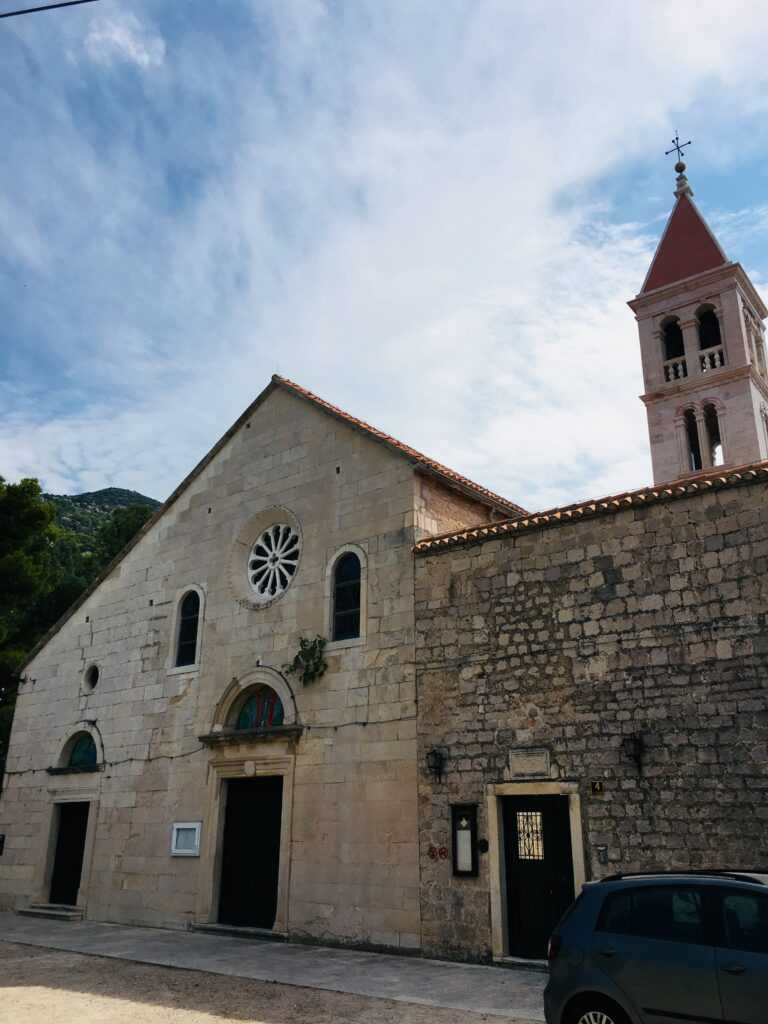
It was then customary for monasteries to be built outside a town, but today the houses have reached it and it is an integral part of the town.
During WWII, in 1943, the Italians set fire to all settlements on Brač, including Bol. All the locals took refuge in the monastery where they were given food and accommodation. The owners of the destroyed houses were given iron beds and furniture that belonged to the Dominican Gymnasium, which stopped working due to the war.
79 Dominican friars were born in Bol.
Within the monastery there is a divinely landscaped botanical garden, a real horticultural pearl, a wisely designed layout of all Mediterranean plants, and there are many turtles that walk slowly through this paradise.
The most beautiful altar on the island is located in the monastery church and depicts Our Lady of the Rosary.
The monastery also has a museum with a rich collection of church clothes, paintings, the first school directories and diaries, a numismatic collection from which it can be read that Brac, among other things, was briefly under Russian and French authority.
THE MONASTERY IS ALSO A HOTEL
The unique Hotel Baština Sveti križ is located in the monastery.

It has its own cafe by the sea, a restaurant, a lookout point and a beautiful beach.
It may be the only one of the few places in the world when you can say you are vacationing in a monastery.
The monastery is located on the perfect location – on a cliff above the blue sea with a breathtaking view of Hvar, Biokovo, the entire Brač channel and as far as the human eye can see from the lookout.
Therefore, it is not surprising that many artists and famous actors, opt for it, because of its intimacy, isolation and comprehensive offer, it has been turned into a small paradise on Earth for every traveler.
Today, many world’s famous celebrities come to Bol, and decide stay in the royal Villa Giardino, which has been named as one of 25 must see locations in Europe by the Sunday Times. It is historical and magnificently renovated heritage boutique hotel in Bol.

BOL CEMETERY
When burying the dead in churches and monasteries was banned in 1828, mostly for health reasons, under the influence of French administration reforms, the Dominicans donated a part of their garden for the cemetery.
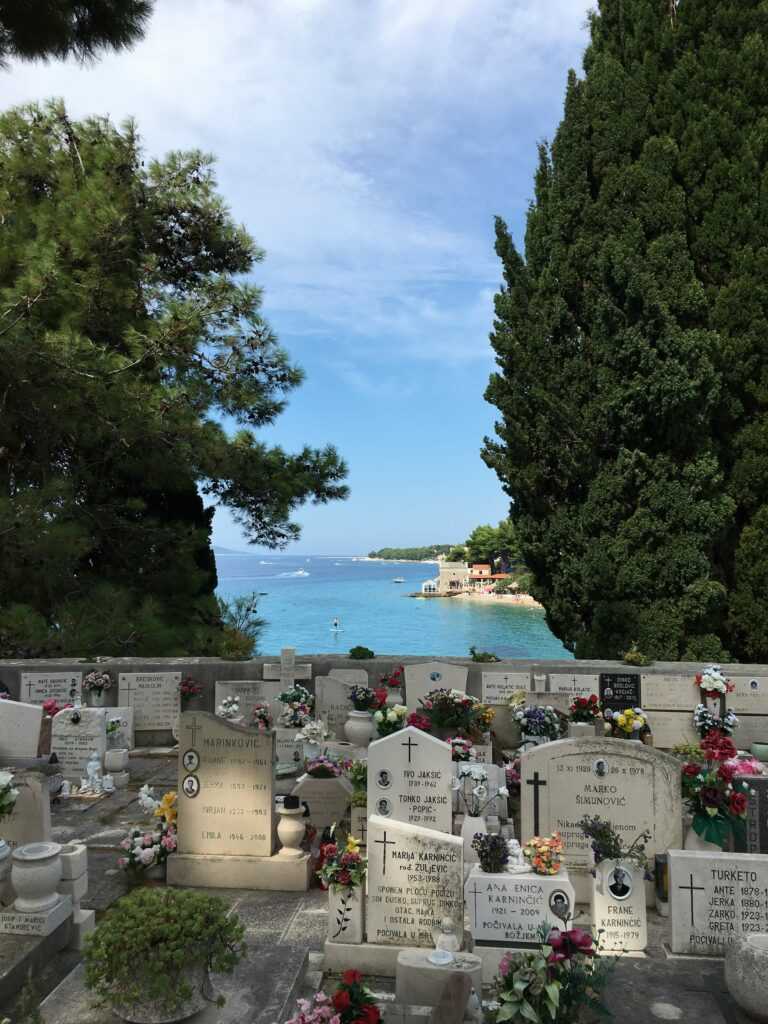
It is located next to the Dominican monastery, on a cliff above the sea with a fantastic view and is a true masterpiece of stonemasonry.
Today, burials are no longer carried out in it, because it has been overcapacitated, and the new cemetery is located outside the town.
Due to its uniqueness and beauty, it is an unavoidable location to visit while staying in Bol.
BOL’S FAIR FOR OUR LADY OF THE SNOW

When it snowed in Rome, in the middle of the summer, on 05th August 352, everyone deemed that the greatest wonder of all times because it has never happened before – snow in the peak of summer, which was usually the hottest time of the year.
The holiday was named Our Lady of the Snow and it is celebrated on 5th August every year.
This day is the biggest celebration on the island, known as the “Bol’s Fair”, which for years has attracted thousands of guests who come to the bigest celebration from all around the world.
Numerous stalnds full of food, fish, drinks and local products, lamb, prosciutto and cheese, cakes, wine, brandy, trinkets, toys, balloons etc. can be found at the event of the year with the inevitable midnight fireworks.
A large procession starts from the heart of Bol to the Dominican monestary, all accompanied by live music with famous celebrities. With the obligatory midnight fireworks, this whole place vibrates with positive energy from dusk till dawn, so it is not surprising that this fair is one of the best attended celebrations of its kind in Croatia.
The biggest local pop artists are always guests at the fair.
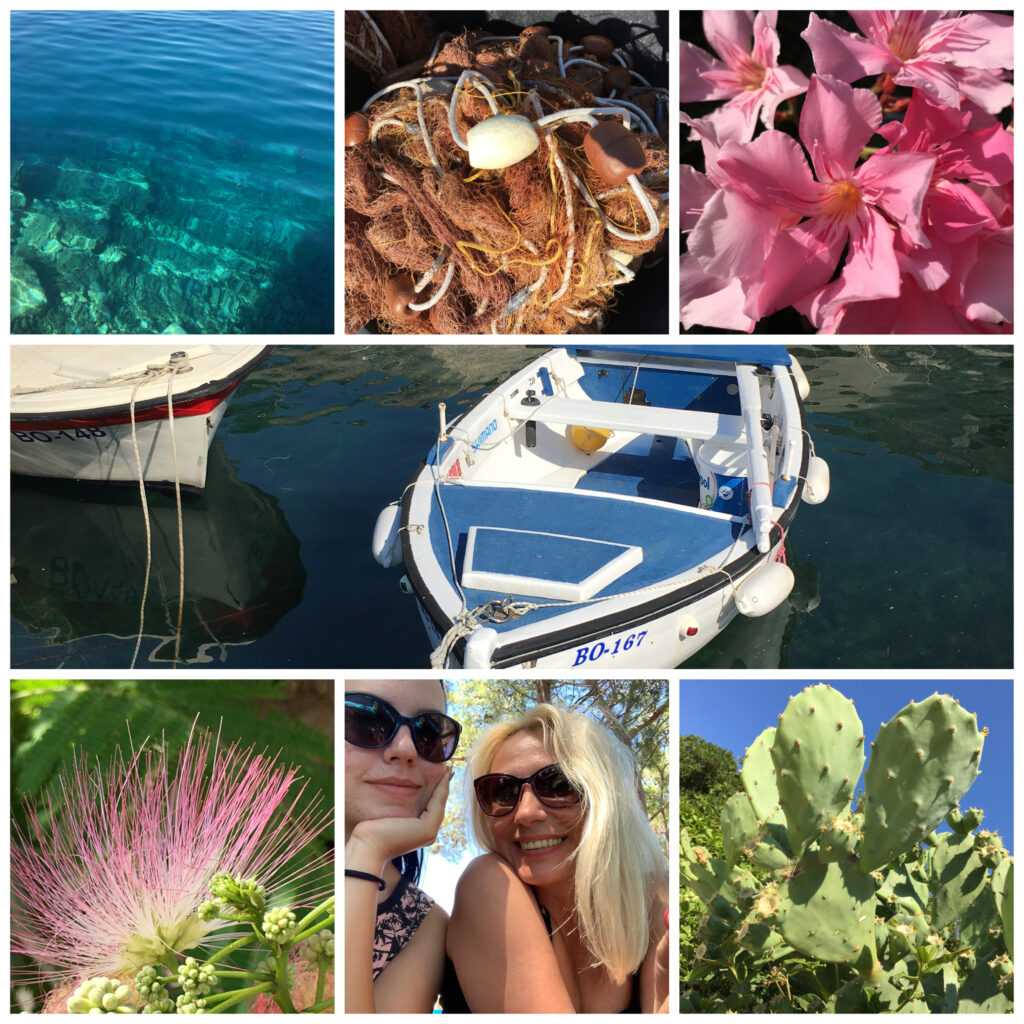
The combination of gastronomy, culture and entertainment for all generations and a great experience of island life are perfectly integrated into the Bol Fishermen’s Night, which takes place on Wednesdays during summer.
TRY VITALAC – ANCIENT DISH

This shepherd’s dish called Vitalac is made from entrails of a young lamb, by first roasting the entrails, putting them on a thin skewer, wrapping them in the peritoneum, squeezing everything well and tying them with the intestines.
Drizzle with oil, salt and pepper. It is baked on pine embers and eaten as an appetizer while waiting for the lamb.
The most interesting thing is that the vitalac is made from a young lamb that has not tasted grass, or anything else but goat milk.
This Brač dish is on UNESCO’s list of protected intangible heritage.
FAMOUS WINE, BOLSKI PLAVAC
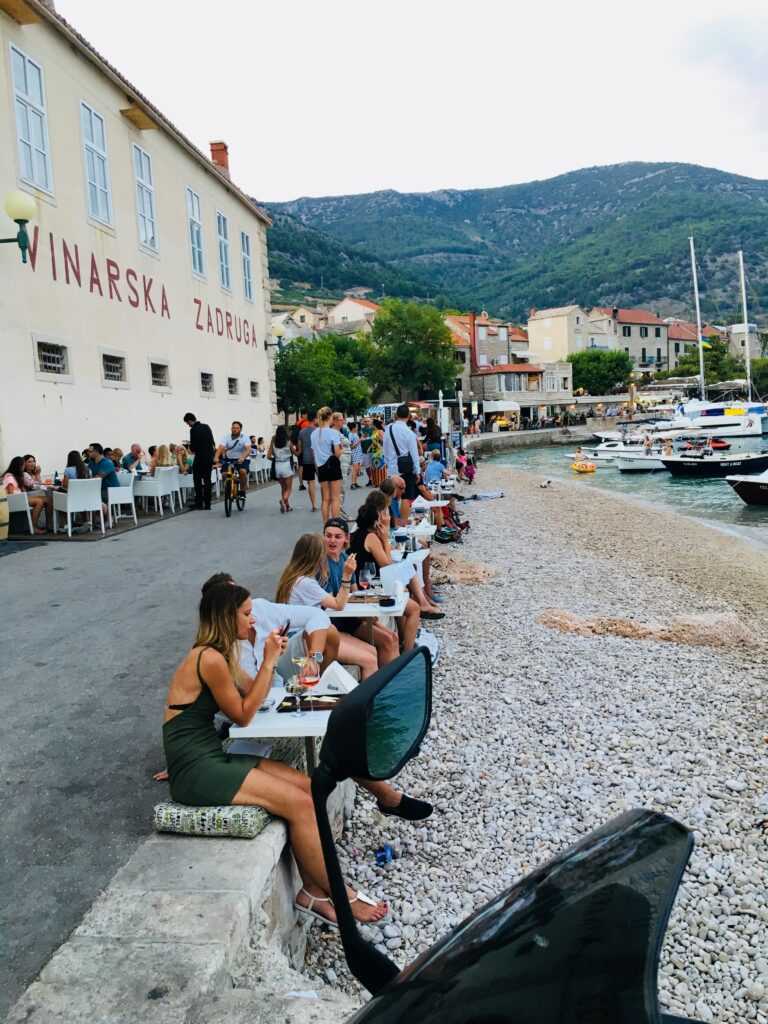
This world-famous wine is produced in the center of Bol in the First Dalmatian Winery and Wine Cooperative. It was built when the economy of the island was so weak that every 8th Dalmatian went out into the world in search of a better life, most often to Australia.
At the beginning of the 20th century, cheap Italian wines were imported which made all wineries in Dalmatia collapse due to the new extremely low prices of Italian wines.
In order to preserve the tradition of producing quality products, a wine cooperative was opened in 1903. For the next 60 years, wine sales remain the leading source of income on the island, and it was not until the 1960s that the first real tourists came to Bol.
Today, part of the winery has been converted into a restaurant, so you can relax by the sea with a glass of rich wine, cheese and prosciutto.
BOL’S MARKET

Everything that is produced on Brač can be bought at a colorful market where the aromas of grapes, nectarines, lavender, prosciutto, honey and rosemary are all delightfully mixed.
We recommend homemade bread baked under the baking lid (ispod peke), which the hosts let you taste before buying, dip it in olive oil and treat your palate with magic.
WHERE TO GO OUT IN BOL?
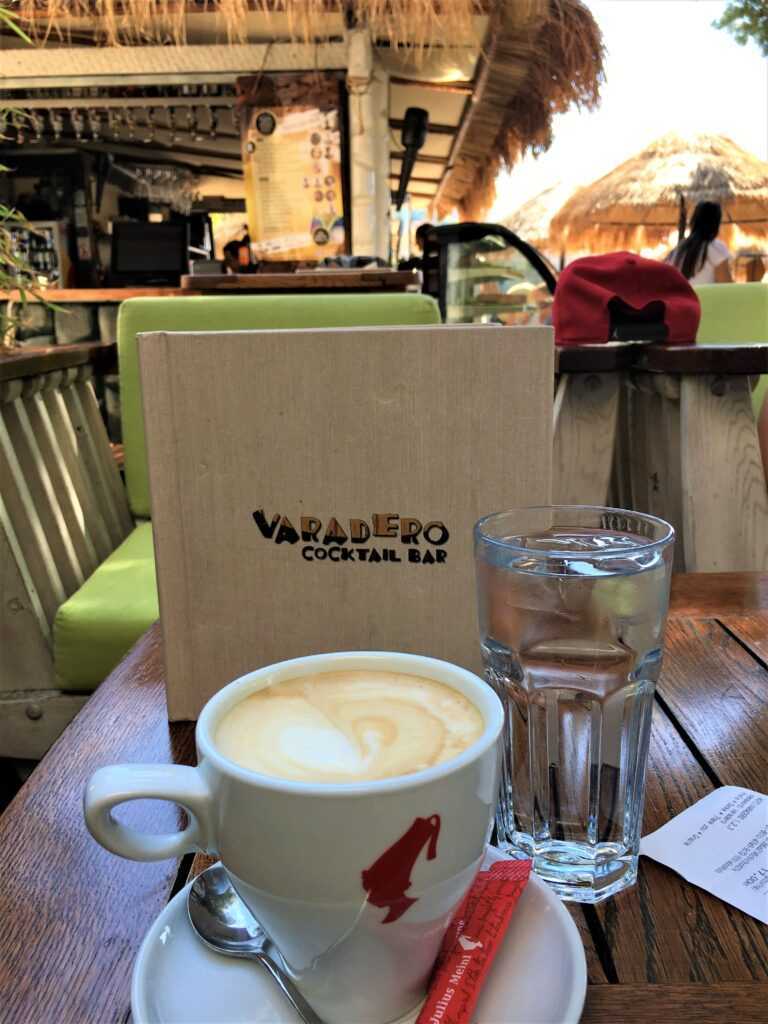
During the day, you can drink coffee in many cafes that stretch along the entire waterfront, starting from the winery at the beginning, through Varadero in the center, then along the Lođa to a café called Big Blue at the end.
In the street above the winery is the beautiful cafe MARINERO, owned by the famous basketball player Toni Kukoč, who started his basketball career in Jugoplastica and ended in the NBA league.
In the middle of the terrace grows a huge, century-old tree which provides a fantastic natural shade in the summer months.
VARADERO is the most popular and unique café in Bol, because during the day you can drink coffee, but from 11 p.m. it becomes a nightclub. When the chairs and tables are removed from the center of the bar to free up space for a dance floor, you can be sure you are in for a crazy night out, where the party lasts until 1.00 a.m .
This cafe and club does not work until the wee hours of the morning because it is located in the center of Bol, so the noise doesn’t bother the locals. After 1.00 a.m., the party is moved to the most popular Club 585 located nearby the Golden Cape.
CLUB 585 is a modern European club that hosts world famous DJs all summer long, can accommodate 1,200 people, it’s built as a small amphitheater and the fun lasts until the wee hours of the morning.
Two Bol tourist trains transport guests all night, and there are numerous taxis available 24 hours a day.

AURO is a beautifully architecturally composed cocktail bar right on the Golden Cape itself, where at 5 p.m. you can enjoy a drink with the sound of a violin or a saxophone played live by various artists.
After 6 p.m., various after-beach parties begin, which can last long after sunset.
BOLERO is a cocktail bar located in the middle of the promenade towards Golden Cape, an ideal place to relax before or after swimming, where you can enjoy in the sounds of soul and jazz.
In Bol, all the cafes are connected and the parties will certainly not be lacking, because when the party ends in one place, it is moved to the second or third place, so you can party all night.
Kudos to the caterers and waiters of all bars mentioned and thumbs up for their efficiency and kindness.
There is also a summer cinema in Bol, where you can enjoy movies under the night’s sky. A small theater called “Dva Ferala” stages comedies in Croatian once a week.
The most beautiful island gallery of modern art “Branislav Dešković” is located in a baroque palace in the center, named after the sculptor born in Pučišća on Island Brač, the most famous animalist of Croatian sculpture.
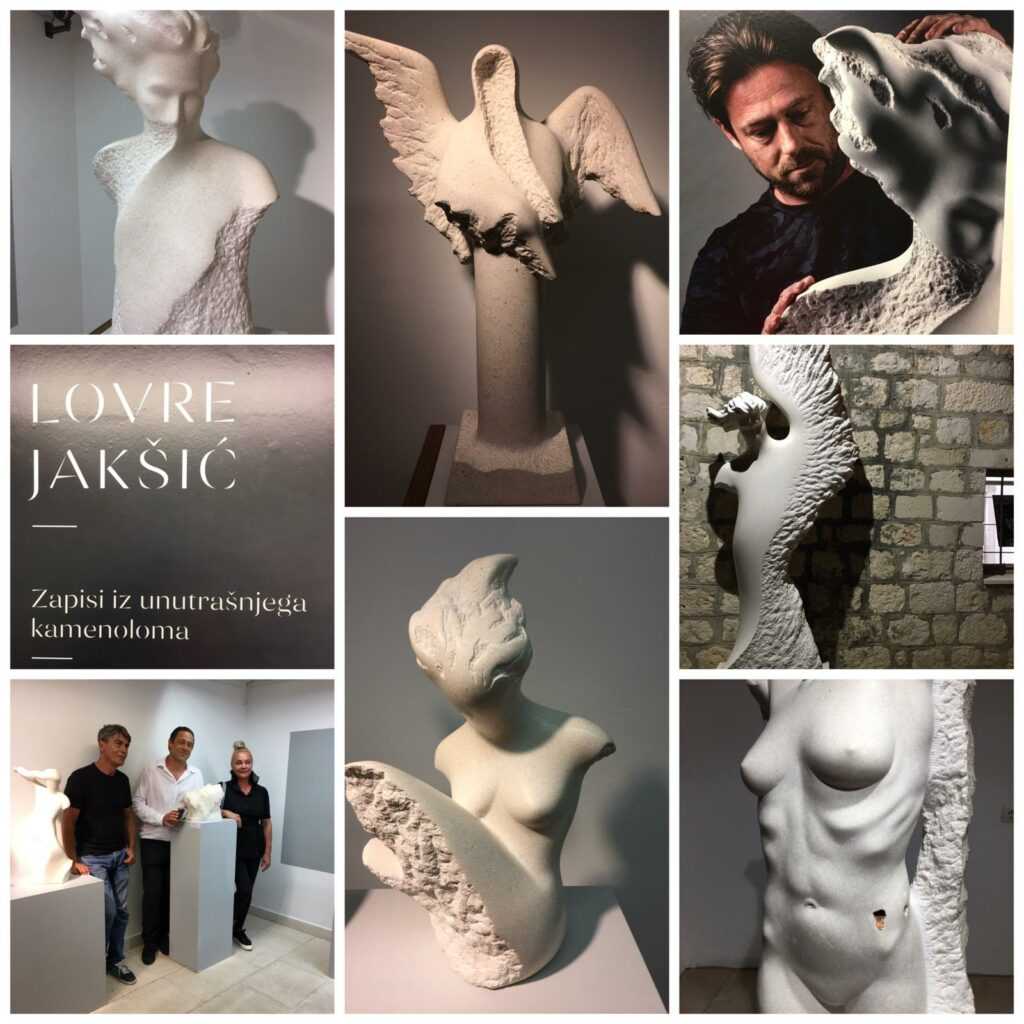
SAILING BOATS AND YACHTS
The two most important nautical events take place weekly for all lovers of staying at sea.
Mondays are Sail Week when the marina is filled with sailboats from all around the world. Bol is packed that day, with visitors looking to have good time, which love going for a swim at the Golden Cape, and then partying the night away.
Thursday is Yacht Week when the mighty yachts of all world flags occupy this town which has a lot to offer.

BY BOAT ON THE SEA AND BY JEEP ON THE LAND
Excellent tourist excursions can be taken from Bol.
Boat “Frane” took us to Blaca Desert, an abandoned solitude monastery and we also visited a very interesting military sight of Tito’s tunnels.
THREE TITO’S TUNNELS
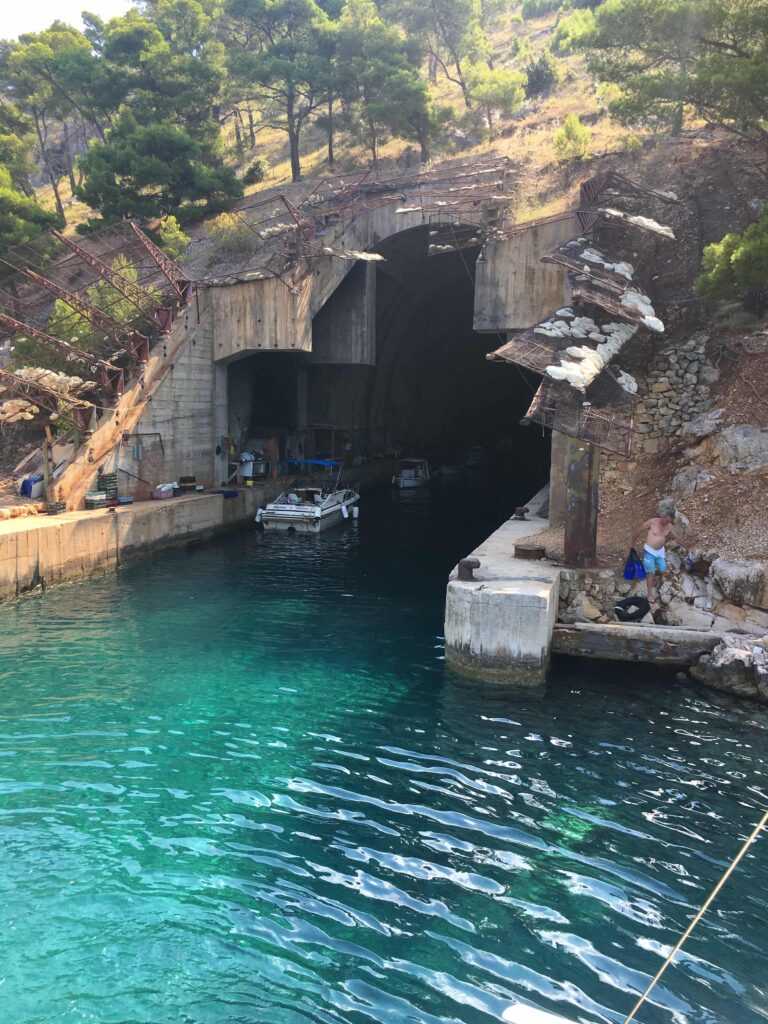
As the Americans and the Russians waged the Cold War, so did the former state Yugoslavia wage a small Cold War with Italy. Tito feared an Italian invasion, so he prepared an effective defense.
From 1968 to 1972, he built three tunnels in complete secrecy, in the island’s natural caves.
They were used to hide military equipment and three torpedo boats were housed in one tunnel.
The Styrofoam that can be seen in the remains is original and was as used as a camouflage – it made the tunnels look like rocks when seen from the air or from the sea.
They are 100 meters long and 20 meters wide.
It was not until 1992 that they became known for the general public.
Left of the tunnel is an atomic shelter that can accommodate 100 people.
They were pricey to say the least – the price of one tunnel is so high that the Elaphusa hotel complex in Bol could be built even four more times.
Today, the tunnels are abandoned and are used only by fishermen because of the copious amount of fish there. They stay there all year round.
Three tunnels are located in three bays behind the Blaca monastery and can only be reached by boat from Murvica or Bol.
OFF ROAD ON BRAČ
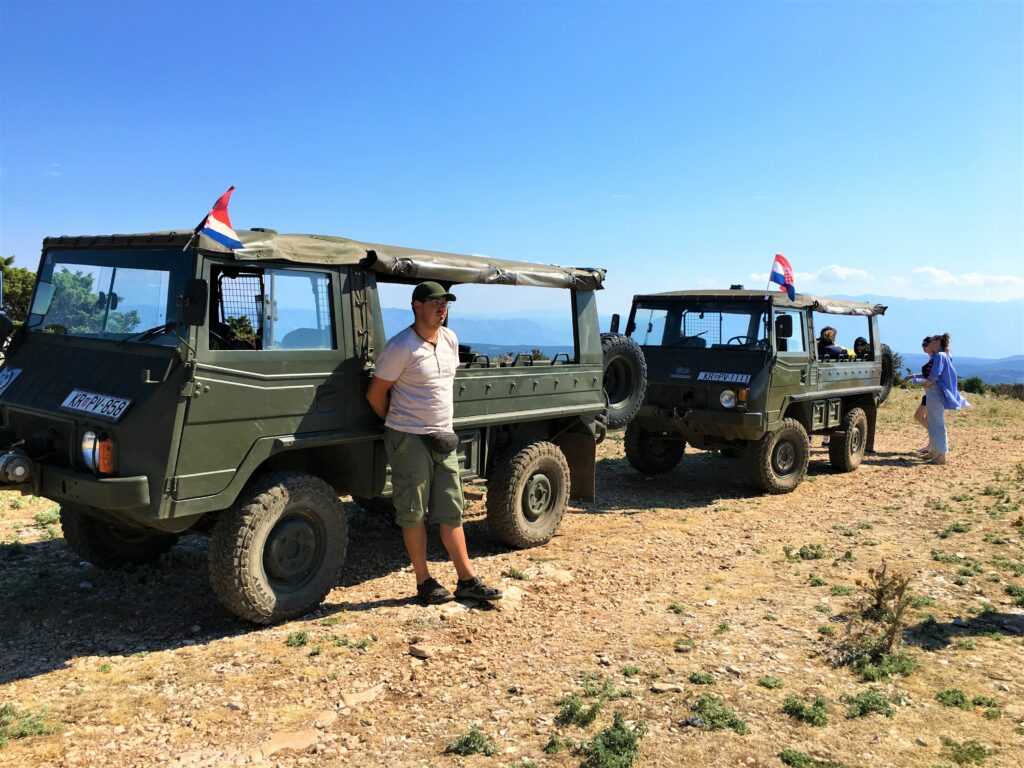
With a military vehicle from 1979, Pinzgauer, we visited the locked points of the island Brač. Driving on macadam leads to places which are forbidden or inaccessible by car.
SPIRAL IN WATER

The first stop on the Off-Road is closest to Bol. It’s a photo point from which you can take amazing photos of Bol, Golden Cape, the monastery or Hvar.
The spiral in the water is an international identification for nudist beaches and according to regulations must be visible from a plane.
It is done by placing huge, dark stones on the bottom of the sea in the shape of a spiral.
There are two in Bol, one behind the Dominican monastery, the other on the west side of the Golden Cape.
ALMOST HALF A MILLION GRAPEVINES
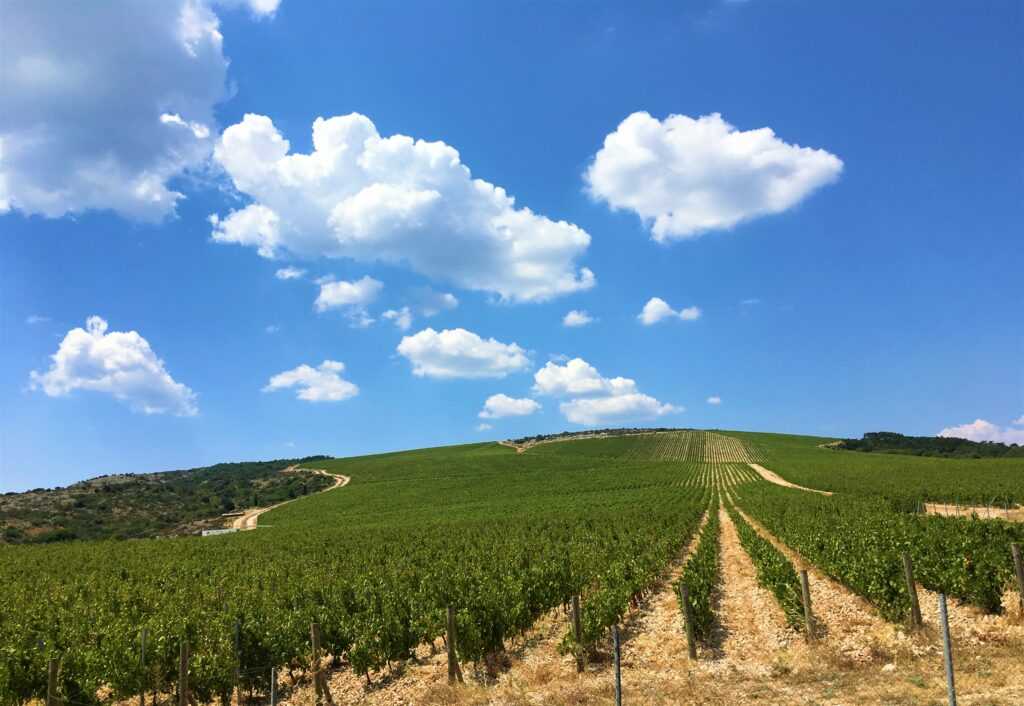
Famous wine Plavac mali belongs to the group of extremely strong wines with 14% alcohol – it’s intense, dense and dark in color.
The largest vineyard on Island Brač has 400,000 vines growing directly from stone.
The stone is always moist so it provides them with water and is full of minerals, which feeds them.
As it directly grows from stone, all the wines that are produced from these vineyards are called STINA VINA (Stone Wine) and can be found not only in domestic but also in stores worldwide.
BRAČ IN THE PLAGUE TIMES

In the Middle Ages, the population of Brač lived in villages in the center of the island. No one lived by the sea because it was considered dangerous.
There were 6000 inhabitants on the island. The plague claimed 4,000 lives.
After the plague passed, people went down to live by the sea.
There are many abandoned churches and chapels on the island, with only walls remaining, as a reminder that there used to be villages full of people.
Chapel of the Holy Spirit, built in the 14th century, is the oldest and the only one preserved in its original condition.
HUMAC MEANS A GRAVE
The mound or pile of stacked stones near a sanctuary is actually a tomb, and it’s called humac in Croatian language.
The most distignuihed men were buried in these tombs during the Illyrian era.
They were located next to the shrine, high up on the island. The body was buried in fetal position on larger stones which resembled a sarcophagus, and somewhat smaller stones were stacked on top of it.
On the top of the mound, there is always a pile of very small stones, which resembles a hill. There are over 200 of these tombs on the Island of Brač.
VIDOVA GORA
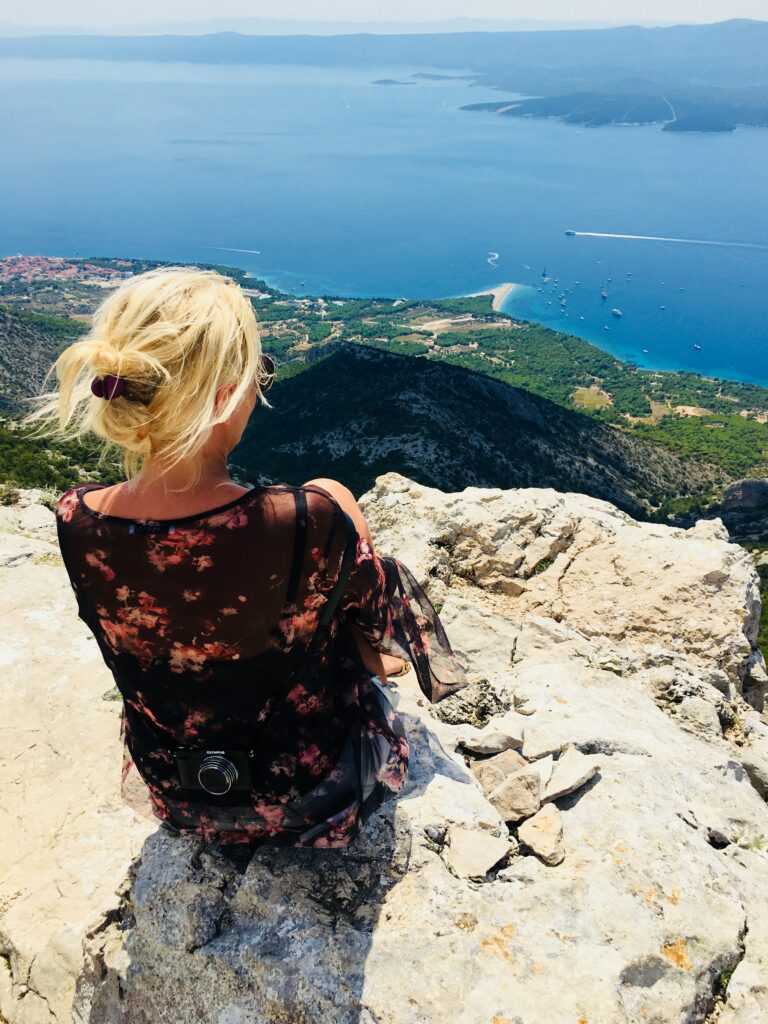
Vidova gora is the highest point of all the Adriatic islands. It measures at 778 m.
It can be reached by car, bycicle or by hiking for two hours.
It is an ideal place for a paraglider to take off.
The most fantastic view ever includes Hvar, Vis, Korcula, Peljesac, mainland, Golden Cape and Bol.
TROLOKVE WITH POTABLE WATER
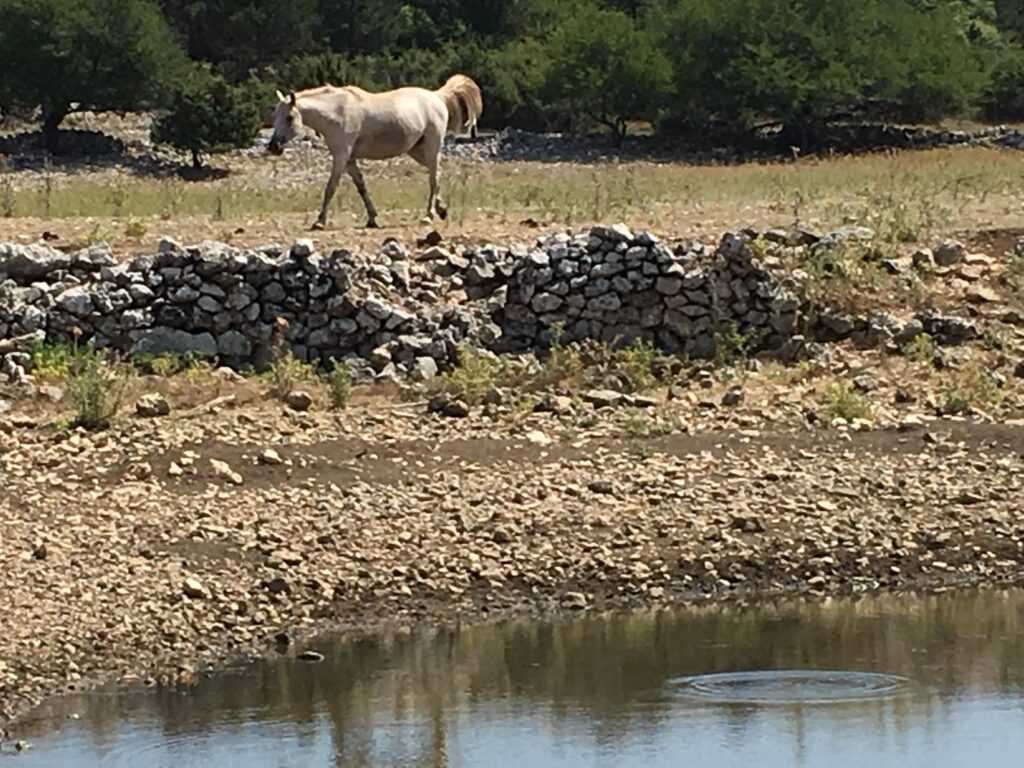
Trolokve are three ponds located on the top of Brač.
They are the only place on the island where rainwater is retained in three impermeable holes in the ground and they are the only place on the island with fresh water.
From ancient times, shepherds have used them as watering places for their herds.
When it snows in the winter, the puddles freeze and the locals visit them to cut out ice cubes and build their version of igloos.
Several years ago, this winter pastime was published about in the newspapers because a goldfish was found in one of the cubes.
The fish in the ponds used to be pets.
GORGEOUS WILD HORSES
By whistling several times, wild horses run out of the forest.
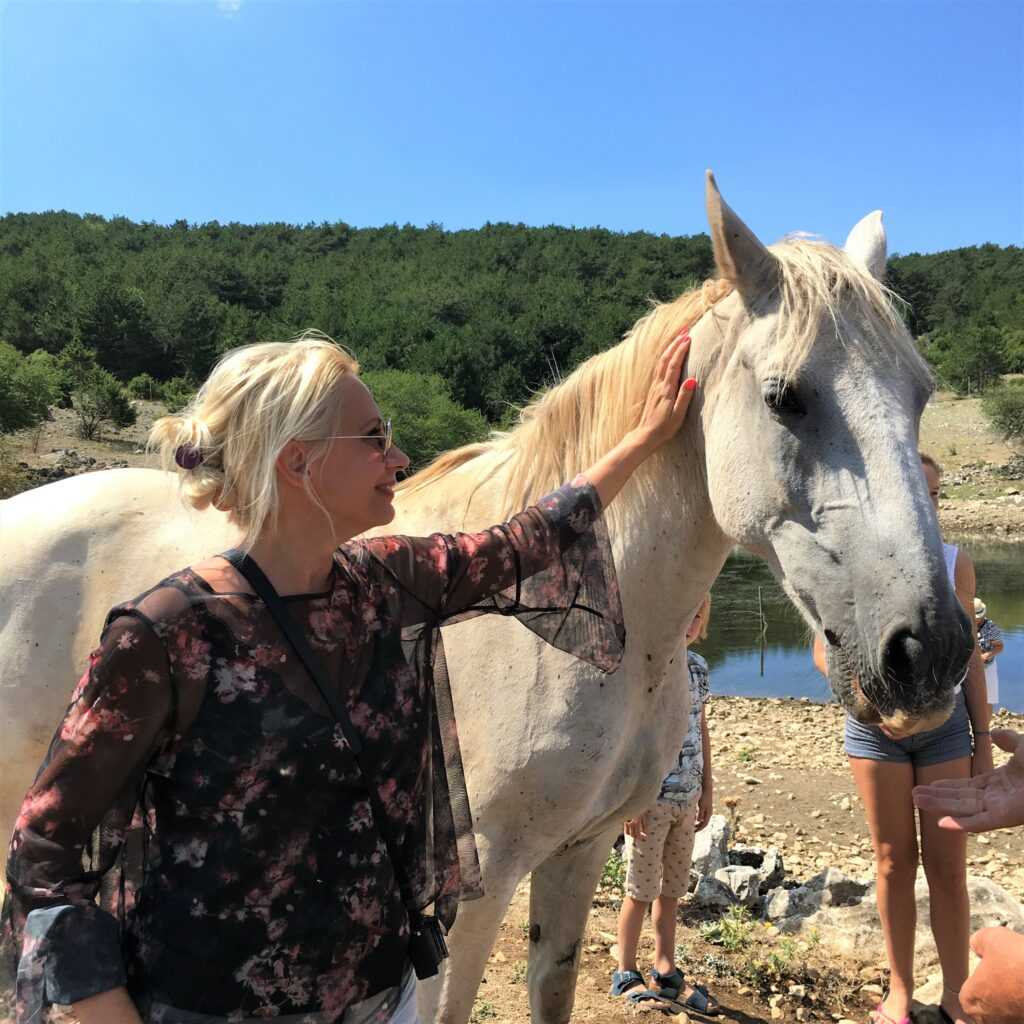
At the location of Trolokve on the Island of Brač, these fantastic, powerful animals live freely in nature.
They only have an owner on paper.
Horses were never locked up or saddled. Phenomenal!
GAŽUN – AN OLD SHEPHERD VILLAGE
Five families used to live here, today, there’s only one that opens the village for picnickers.
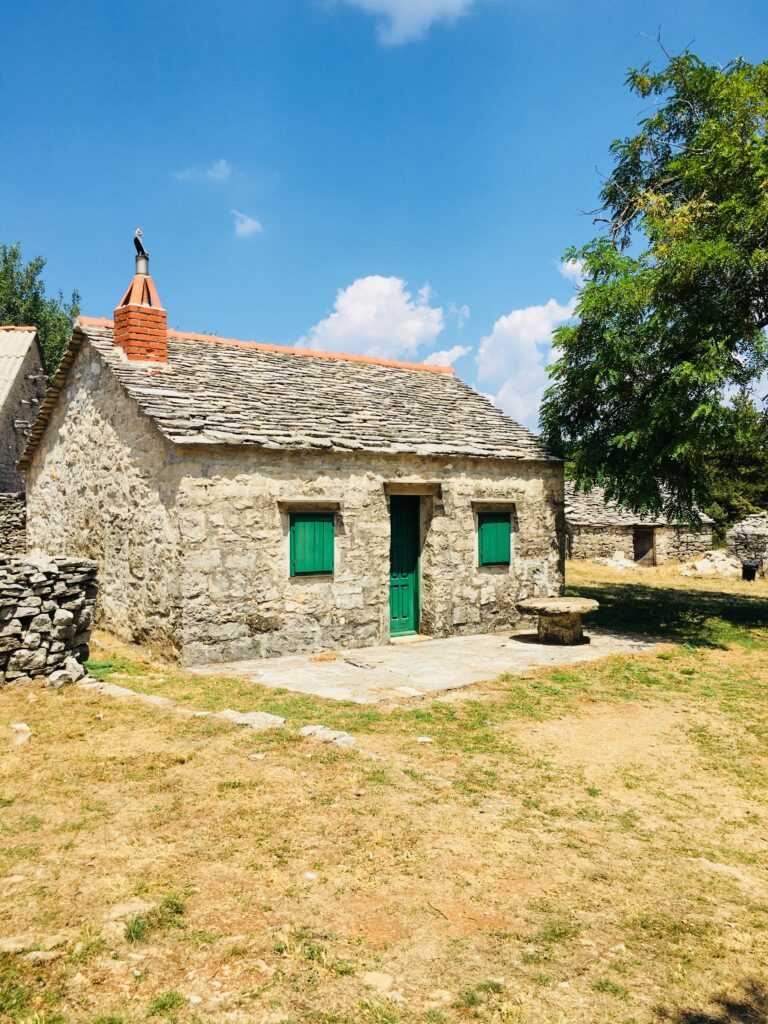
The charm of the village is completely presereved, with shepherd’s huts in three different variants.
The oldest ones do not have roofs, the old still have original windows and there are also newly renovated huts.
The first weekend in July is the place of the largest motorcycle event the island, and the last Sunday in July is the largest livestock fair in this part of Dalmatia, where for the last two years, 120 lambs have been roasted.
TOP 10 FACTS ABOUT BRAČ STONE
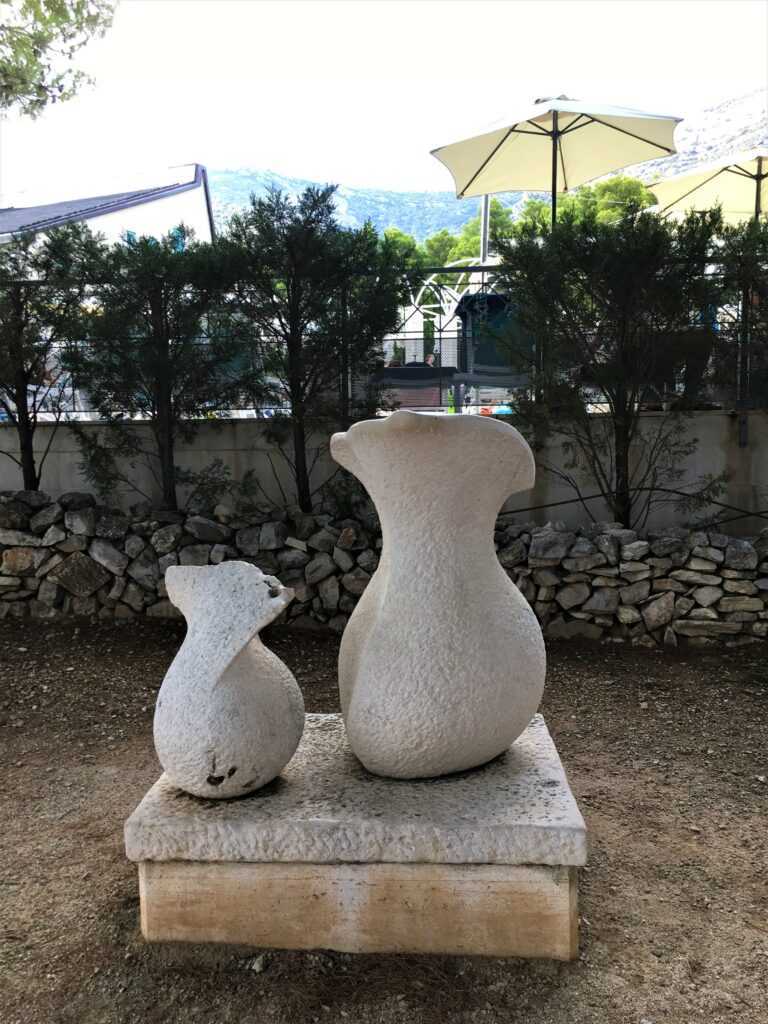
Our stay on the island which is known as the place where everything is stone and made out of stone, revealed us interesting facts about the stone.
The Roman emperor Diocletian had no idea that the stone would experience world fame when he used it to build his magnificent palace in Split in the 3rd century
The stone was initially excavated by shepherds and farmers for the purpose of creating arable land, and it was stacked in piles and in dry stone walls.
An interesting Venetian provision was in power in these times – it said that no young man on Brač could marry if he hadn’t planted 100 olive trees on the land which he had cleared of stone himself.
If all the unworked stone along the walls and field roads on the Island Brač were put together, it would obtain the same amount of stone as the Egyptian pyramids – about 7 million cubic meters.
The people of Brač do not say that they excavate the stone, but instead they say they harvest it. How difficult and arduous this work is, is perhaps best shown by the fact that they chose Hercules as their protector.
The Stonemasonry School in the town of Pučišća is unique in the world, known for using only ancient tools for manual stone processing, and not machines. It is interesting that the tools are specially made according to the model of old tools, which have not been produced for a very long time, except for this school.
Blocks and carved objects descended to the ports of Brač and could sometimes fall into the sea when loading into galleys or ships, so even today, stone blocks can often be seen in the ports of Brač at the bottom of the sea.
The Brač stone was used to build Solin, Diocletian’s Palace, Šibenik Cathedral, the Austrian and Budapest parliaments, the New Court in Vienna, the governor’s palace in Trieste, the lobby of the UN building in New York, and, according to the famous myth, the White House in Washington D.C.
Brac is known as the only island where everything is stone and everything is made of stone.
Until recently, it was mandatory that every newly built house had details made of Brač stone on the facade or a building permit could not be obtained. Unfortunately, this is no longer the case today.
Famous quarries are located in Škrip, whose name translated from Latin scrupus means huge sharp stones.

AT THE END
Everybody who visits Bol falls in love with this place at first sight.

Anyone who has been here once, comes back again.
When you come to Bol then you realize that you are in the right place and everything else becomes irrelevant.
We wish you a lot of travel, add Bol and beautiful Island Brač to your bucketlist.
Thank you, Have a safe travel!
I Sretan Put!

